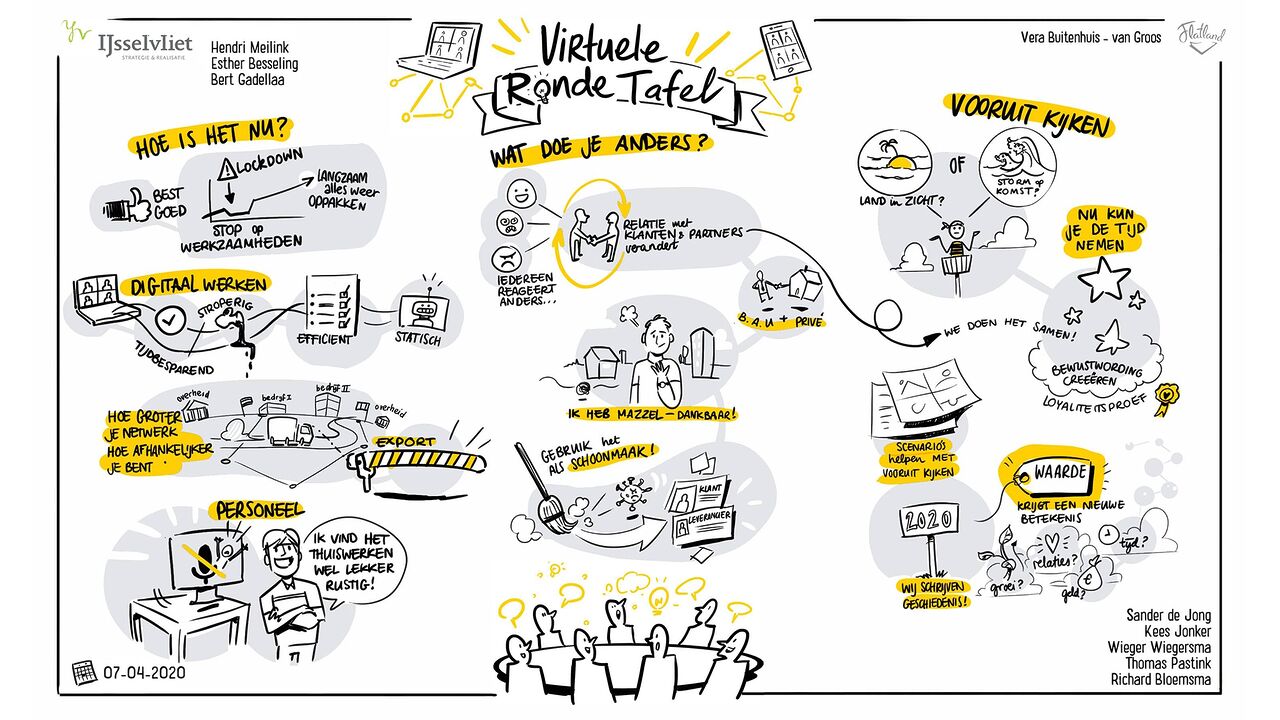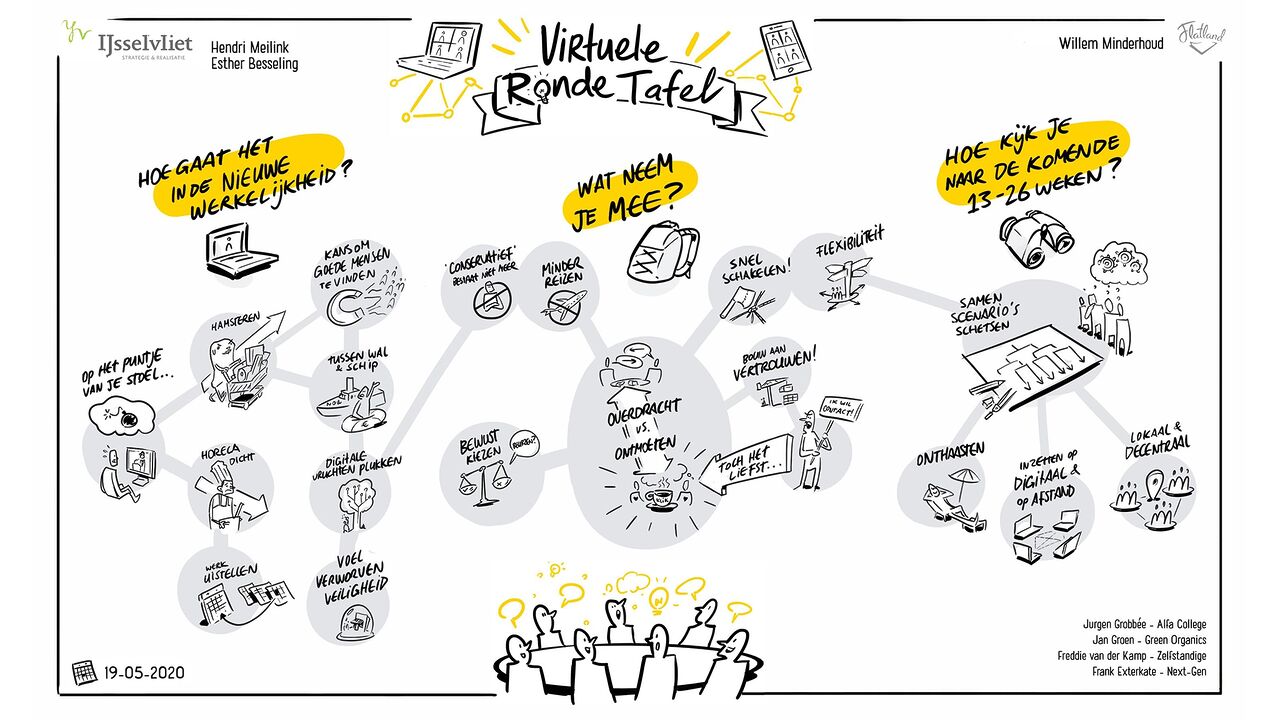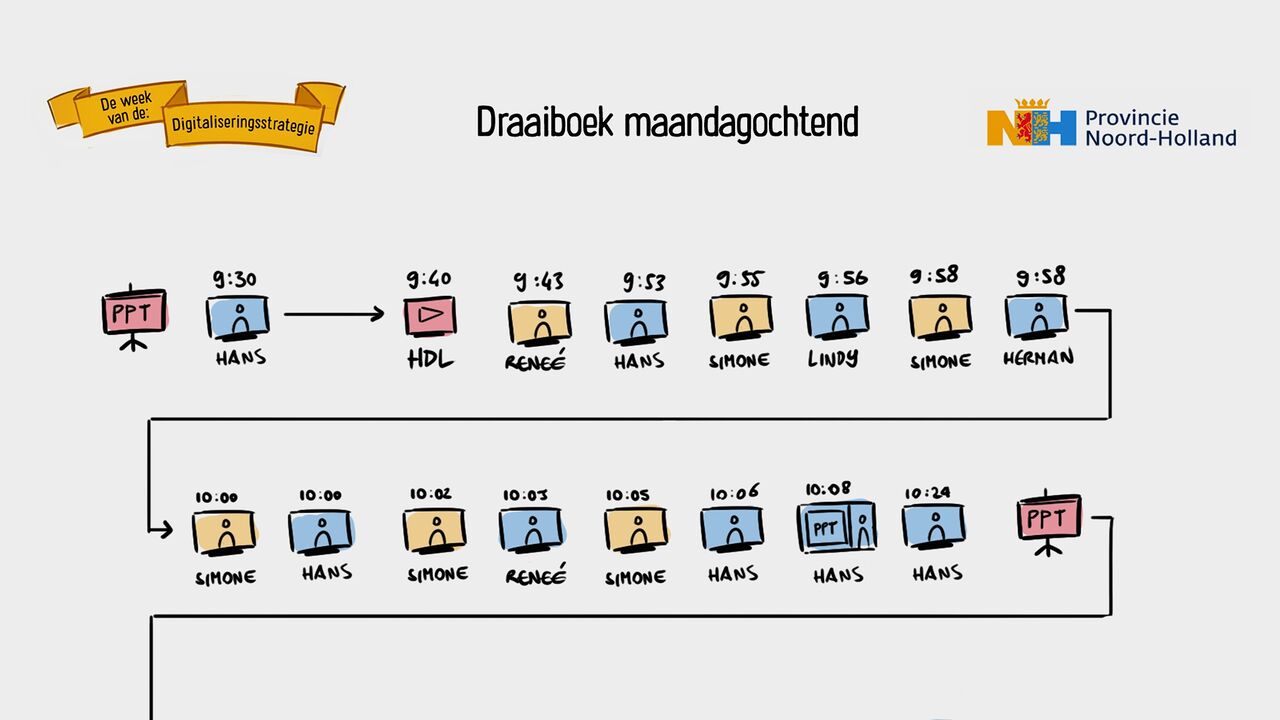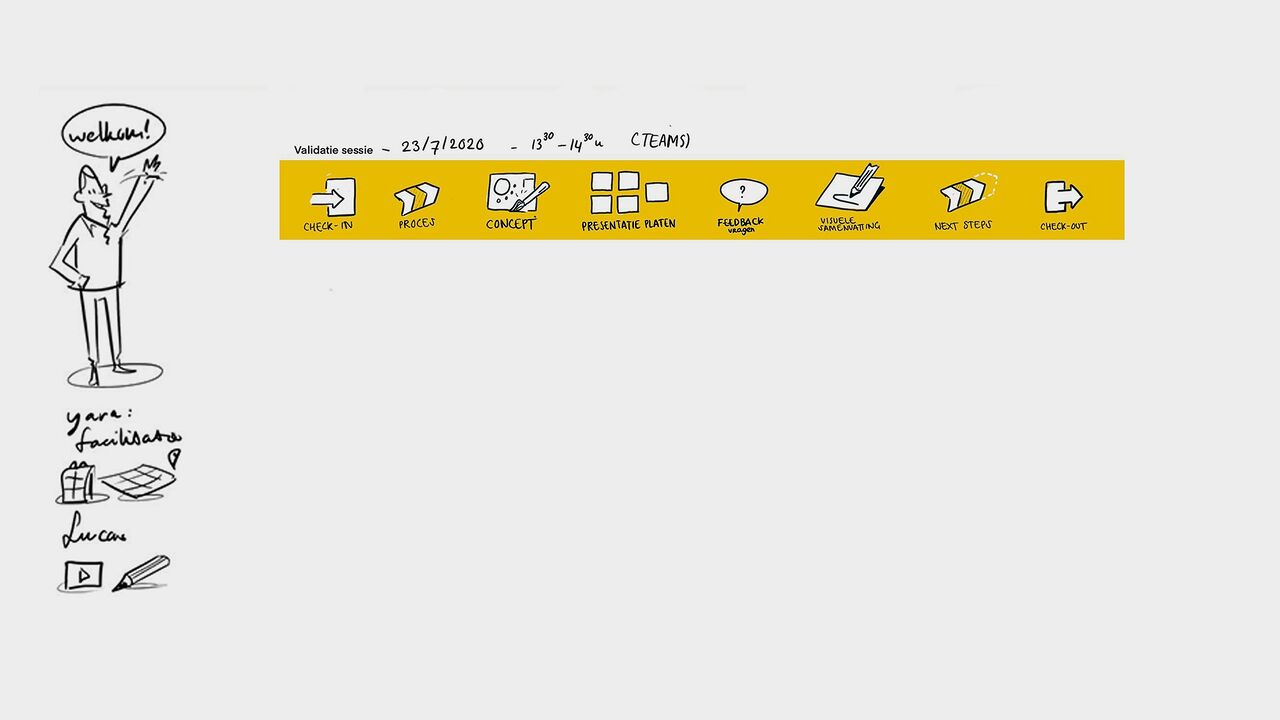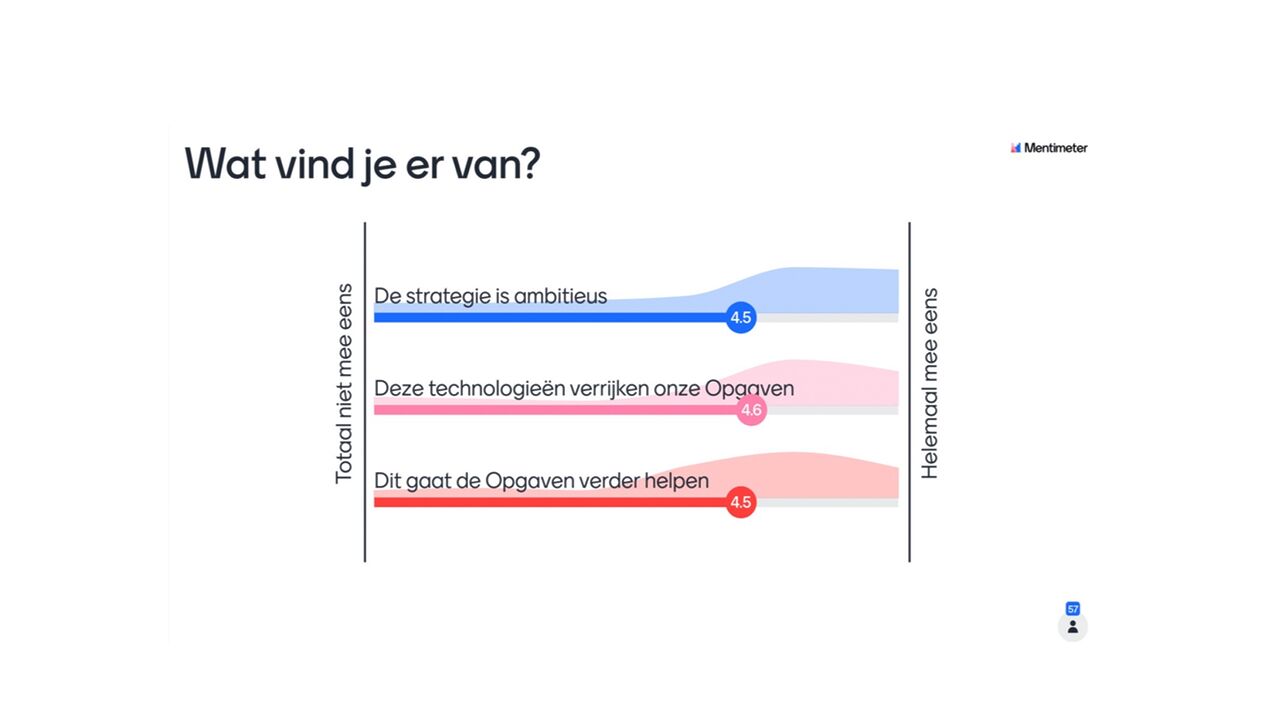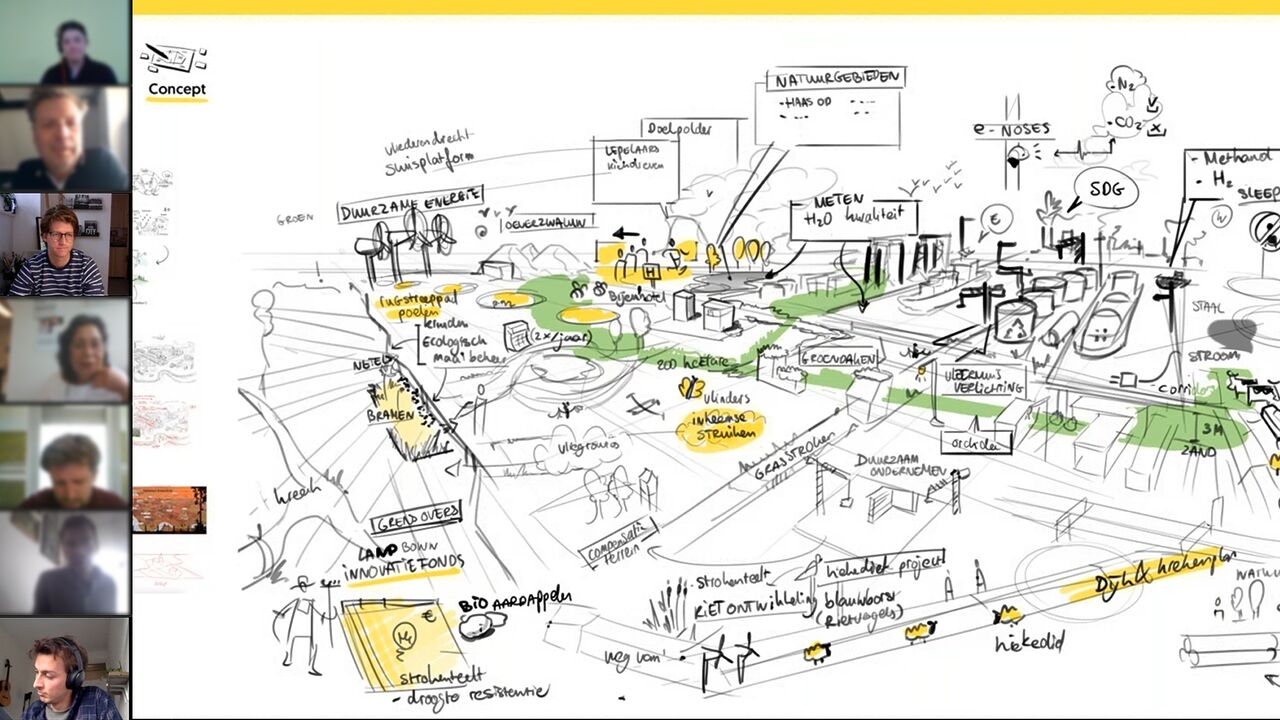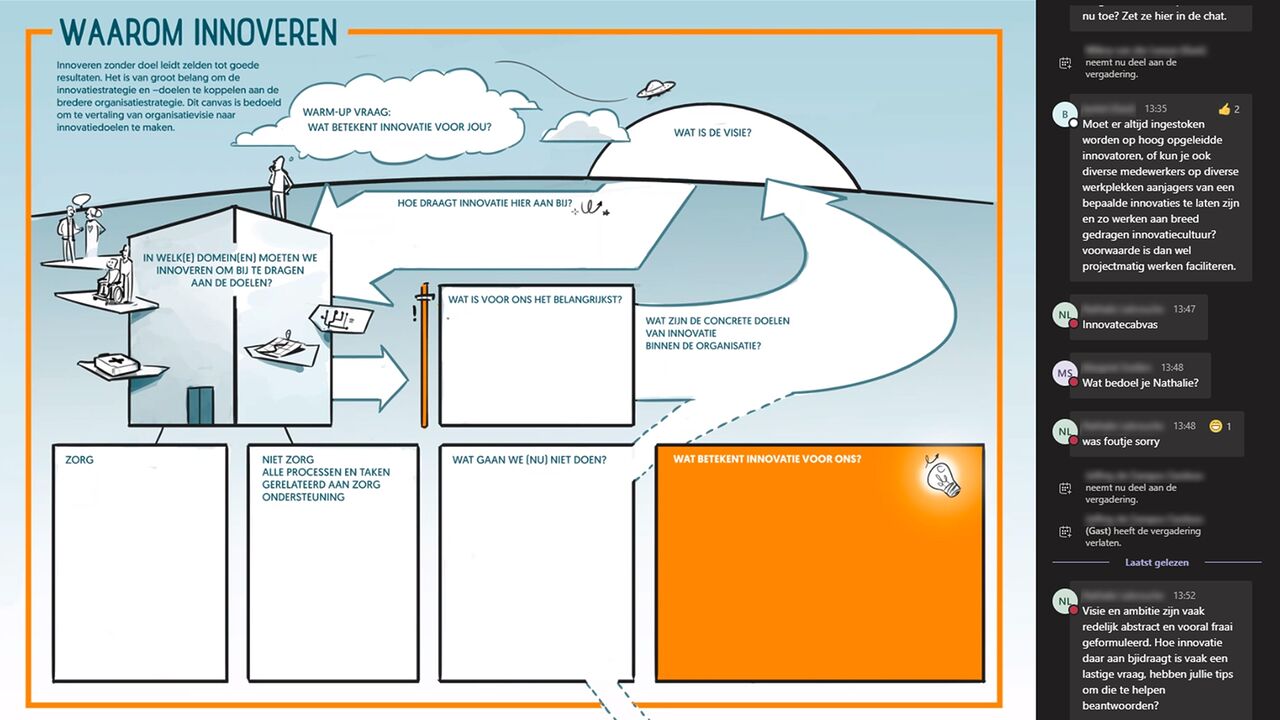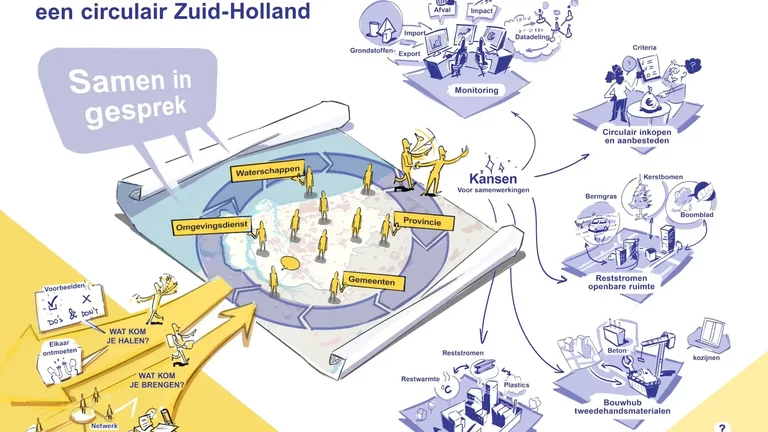6 tips to hold everyone’s attention online
We are getting better at it: online meetings. Where six months ago people were still looking for the mute button or lost their way to the right conversation, now it all goes a lot smoother.
Yet fatigue strikes and distractions remain a threat. We go from call to call, but is everyone’s attention there?
Flatland has since hosted dozens of online sessions and we too continue to learn. Yet we are confirmed time and again: the effect of images remains incredibly powerful. And of course we love to share that! So here is a summary of our learnings and advice: how can you keep the attention in an online meeting?
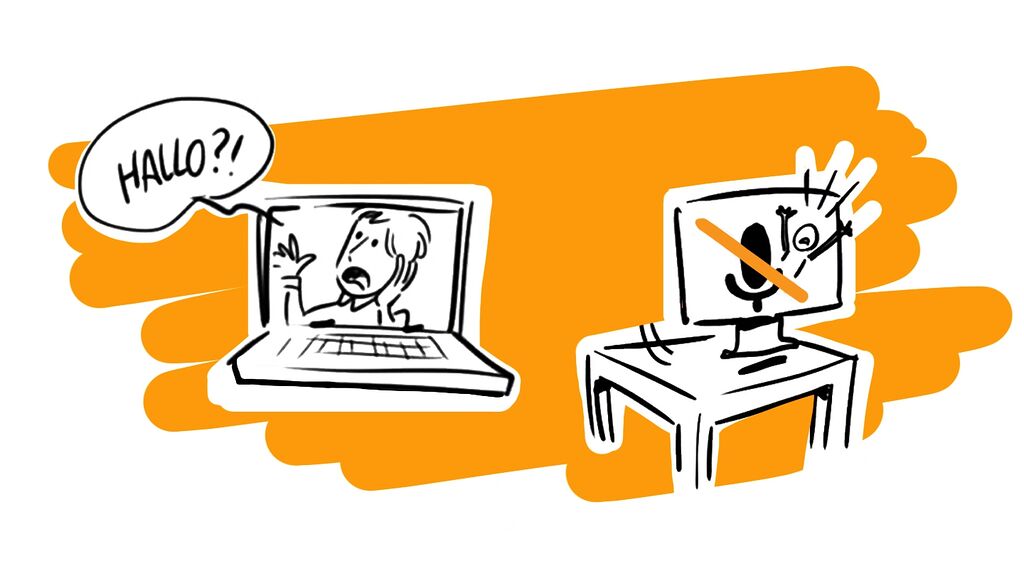
1. Consider: is the meeting really necessary?
Perhaps a bit weird to start with here, but still, this question is relevant. Because why does this consultation exist at all? Because it is simply scheduled as standard, or is there a common goal to achieve? And what is that goal: catching up, sharing knowledge or taking decisions?
Sometimes you notice that the purpose of the meeting is not clear beforehand. Then people are not well prepared and cannot make sound decisions. Or there are spectators in the call: people who add no value on the subject.
In short, have you considered that this meeting is still needed?
Tip: make sure your meeting is set up for its purpose, or cancel it otherwise. And make sure you work towards something in the conversation, so that at the end you have all created something you can ‘deliver’. That helps keep it concrete and tangible.
Virtual Round Table talks
2. Communicate a clear agenda at the start.
Often forgotten, but oh so important: an overview with agenda items is also very nice online. This provides structure and overview, so people know where they stand. Start with a walk-in and then start with a clear agenda.
What are you going to talk about and for how long? Discuss that at the beginning. Plus a division of roles: who presents, who decides and who contributes? In a normal meeting, this is also decided (sometimes informally), but there you can still communicate interchangeably and non-verbally. In the virtual world, a clear agenda is even more important!
Tip: Make your agenda visual, so that everything is clear to everyone.
And don’t forget the breaks!
Consider a clear agenda and division of roles
3. Keep space to land.
Don’t overfill your meeting, and think about time to check in. People sometimes arrive later or come in very stressed. How do people feel? How are they in the session? When colleagues go from call to call, they barely have time to prepare, focus and process.
Everyone probably recognises this point, but simply does not manage to walk over to that imaginary coffee machine due to the delusion of the day. But in the end, isn’t it much more effective to process all the information properly?
Tip: Don’t go on longer than necessary, instead try to finish earlier.
4. Collaborate more effectively with interactive forms of work.
Nothing as boring as just talking heads. So make your meeting interactive: get everyone involved and participating. There are all kinds of useful tools available, from super-simple to slightly more complicated.
- Use chat so that people can ask short questions.
We all know that colleague who likes to have the highest word. Not always pleasant in the office, but online it’s completely lethal for attention. This is the time when colleagues get distracted. You can – especially in meetings with many people – choose to let people ask questions via chat. This requires people to formulate concisely and you also have the questions on paper to respond to later. - Use a poll, to present choices.
In larger groups, it is useful to let everyone vote via a poll. In a tool like Mentimeter, you can ask all kinds of questions: as simple as ‘Agree/Disagree’ to open-ended questions. Participants use their smartphones to connect to the presentation and their responses are displayed in real time. - Use a co-creation programme, for even more interaction.
Where we used to let people actively participate by using post-it’s or dot-voting, for example, this can be done just as well online. We like to use the tool Mural. In it, everyone can stick digital post-it’s and respond to each other by sliding, adding smilies. This gives everyone an equal voice in the meeting and ensures that everyone is heard.Tip: Try out different tools to find the perfect one for your purpose!
Using tools: some examples
5. Get someone to record everything
A note-taker is still just as important, even in the virtual world. If everyone is staring at each other – or worse: at black screens – things quickly get boring. But focusing together on a plate or canvas attracts attention and gives direction! This allows the host to share their screen and write or draw along.
And completely convenient: you can then share the results of your conversation immediately.

6. Use a visual canvas and fill it in together
Working with a canvas or template is very pleasant. It gives structure, you get all noses in the same direction faster. Instead of talking in a vacuum, a visual aid works super well. You can let people fill in a canvas themselves and think about it beforehand, but filling it in together during an online meeting has even more impact. Someone shares their screen and fills it in visibly. Or let everyone participate!

Managing Partner


